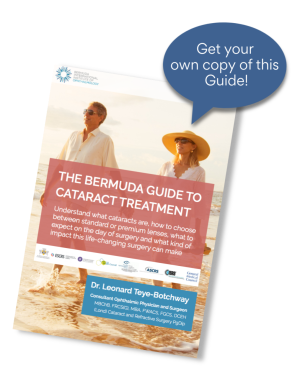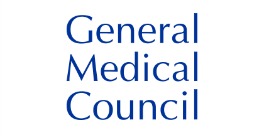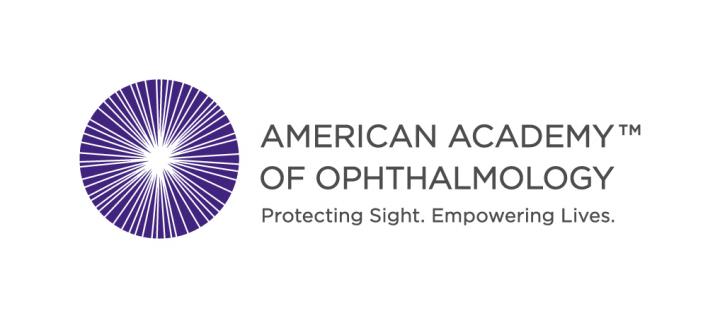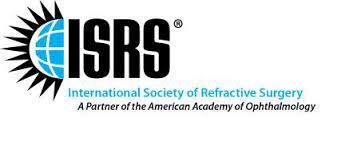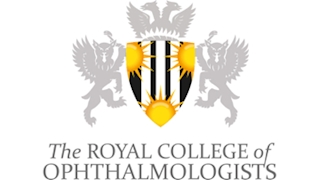Diabetic Retinopathy
Diabetic retinopathy is the leading cause of acquired blindness among Americans under the age of 65.
People with diabetes can have an eye disease called diabetic retinopathy. This is when high blood sugar levels cause damage to blood vessels in the retina. These blood vessels can swell and leak. Or they can close, stopping blood from passing through. Sometimes abnormal new blood vessels grow on the retina. All of these changes can steal your vision. The vast majority of this blindness can be prevented with proper examination and treatment by ophthalmologists (EyeMDs).
An extraordinary amount of research has already been completed and is relied upon heavily by practising ophthalmologists, in the treatment of patients with diabetes. Unfortunately, patients who are not correctly referred for evaluation and management or those who, for any reason, fail to get proper care from an ophthalmologist, are at the most significant risk of vision loss.
Ophthalmologists primarily rely on the results of four major clinical studies to guide their treatment of patients with diabetes mellitus. These are the Diabetes Control and Complications Trial (DCCT), the Diabetic Retinopathy Study (DRS), the Early Treatment Diabetic Retinopathy Study (ETDRS), and the Diabetic Retinopathy Vitrectomy Study (DRVS).
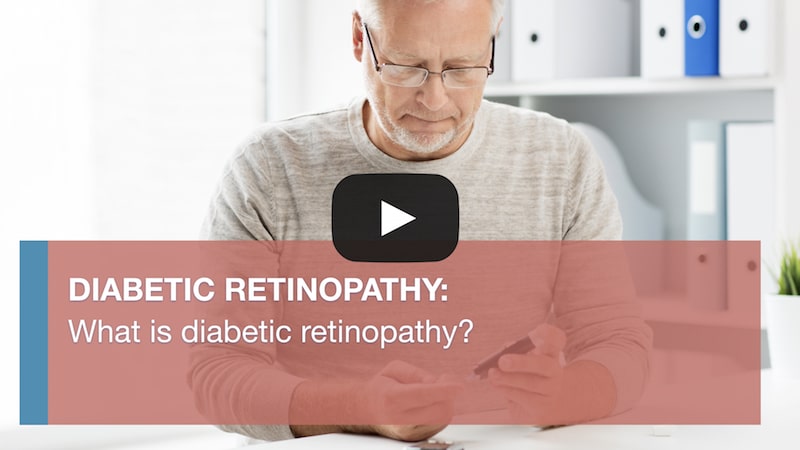
What causes Diabetic Retinopathy?
Background diabetic retinopathy (BDR) may occur at any point in time after the onset of diabetes. In general, this is the first “stage” of diabetic retinopathy and, therefore, the least concerning.
This condition is often present without any visual symptoms. Findings in the retina include dot and blot hemorrhages (tiny hemorrhages in the retina itself), microaneurysms (out-pouchings of capillaries), and exudates (retinal deposits occurring as a result of leaky vessels).
The development of this condition in type I (juvenile-onset) diabetics is rarely present before three or four years following the onset of diabetes. In type II (adult-onset) diabetics, background diabetic retinopathy may be present at the time of diagnosis of the condition. Primary care practitioners should refer patients with diabetes to ophthalmologists, accordingly.
In general, patients are not typically treated with laser photocoagulation of the retina for background retinopathy. An exception exists for some patients with an advanced form of BDR known as pre-proliferative diabetic retinopathy. Ophthalmologists may recommend treatment at this stage, especially if the opposite eye has had diabetes-related complications.

Diabetic Retinopathy examination in Bermuda
Drops will be put in your eye to dilate (widen) your pupil. This allows your ophthalmologist to look through a special lens to see the inside of your eye.
Your doctor may do fluorescein angiography to see what is happening with your retina. Yellow dye (called fluorescein) is injected into a vein, usually in your arm. The dye travels through your blood vessels. A special camera takes photos of the retina as the dye travels throughout its blood vessels. This shows if any blood vessels are blocked or leaking fluid. It also shows if any abnormal blood vessels are growing.
Optical coherence tomography (OCT) is another way to look closely at the retina. A machine scans the retina and provides detailed images of its thickness. This helps your doctor find and measure the swelling of your macula.
How do you treat diabetic retinopathy?
Treatment is determined on what your Ophthalmologist sees in your eyes. Some treatment s can be such as Medical control, medicine, injections, laser surgery and Vitrectomy.
Medical control
Controlling your blood sugar and blood pressure can stop vision loss. Carefully follow the diet your nutritionist has recommended. Take medicine your diabetes doctor prescribed for you. Sometimes, good sugar control can even bring some of your vision back. Controlling your blood pressure keeps your eye’s blood vessels healthy.
Medicine
One type of medication is called anti-VEGF medication. These include Avastin, Eylea, and Lucentis. Anti-VEGF medication helps to reduce swelling of the macula, slowing vision loss and perhaps improving vision. This drug is given by injections (shots) in the eye. Steroid medicine is another option to reduce macular swelling. This is also given as injections in the eye. Your doctor will recommend how many medication injections you will need over time.
Laser surgery
Laser surgery might be used to help seal off leaking blood vessels. This can reduce swelling of the retina. Laser surgery can also help shrink blood vessels and prevent them from growing again. Sometimes more than one treatment is needed.
Vitrectomy
If you have advanced PDR, your ophthalmologist may recommend a surgery called vitrectomy. Your ophthalmologist removes vitreous gel and blood from leaking vessels in the back of your eye. This allows light rays to focus correctly on the retina again. Scar tissue also might be removed from the retina.
Latest news from your eye doctor in Bermuda
We regularly share new videos and blog posts for our Bermudian patients about common eye questions and concerns. You can subscribe at the bottom of this page to receive the latest updates.
What are diabetic retinopathy symptoms?
Often diabetic retinopathy symptoms go unnoticed until the condition progresses. This is why it's important to get ophthalmology assessments if you are prediabetic or have a family history of diabetes.
What is diabetic retinopathy?
There are two types of diabetic retinopathy; background diabetic retinopathy and proliferative retinopathy. The key things to remember for patients with diabetic retinopathy is to maintain a proper diet, exercise, blood sugar levels and to follow diabetic retinopathy treatment schedules.
Memberships and Accreditations
About the author
Leonard Teye-Botchway
Consultant Ophthalmic Physician and Surgeon |MBChB, FRCS(G), MBA, FWACS, FGCS, DCEH (Lond), Postgraduate Diploma in Cataracts and Refractive Surgery
I am Leonard Teye-Botchway and I am the Medical Director and Consultant Ophthalmologist at Bermuda International Institute of Ophthalmology in Bermuda. The joy and elation I get from seeing patients who are very happy they can see after surgery is almost unimaginable. This is what really drives me to carry on being an ophthalmologist.
We have sourced some or all of the content on this page from The American Academy of Ophthalmology, with permission.

